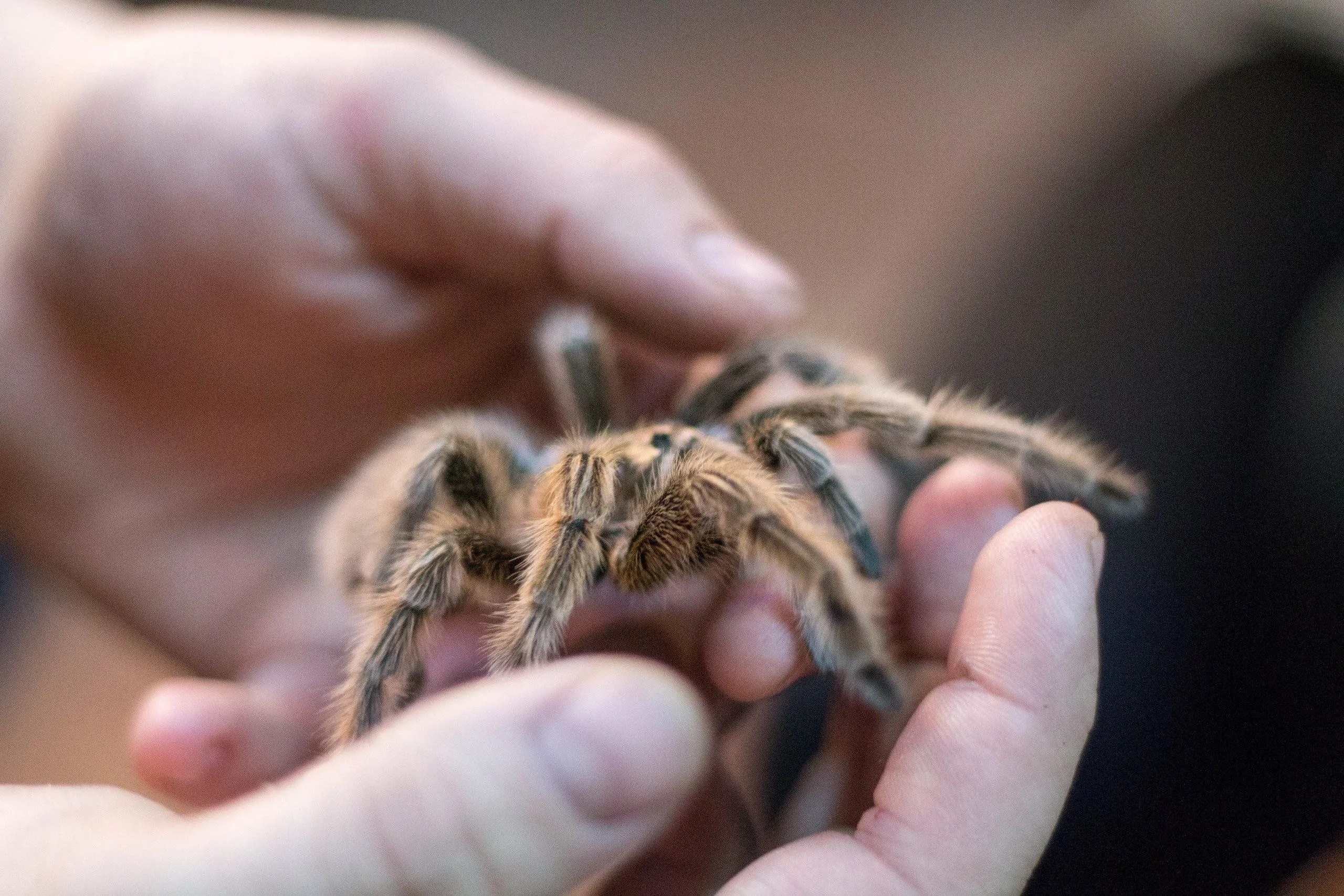Caring for a pet tarantula involves several crucial aspects, and proper watering is among the most vital. Ensuring your tarantula receives adequate hydration is key to its health and longevity. However, many well-intentioned owners make common mistakes that can be detrimental to their arachnid companions. Understanding these pitfalls is the first step toward providing optimal care. This guide will explore the top five watering mistakes tarantula owners make, offering insights and solutions to keep your pet healthy and thriving.
The Top 5 Watering Mistakes for Tarantulas
Maintaining the right hydration level is a daily necessity for your pet tarantula. The following mistakes are the most common and can have a serious impact on your tarantula’s health. By knowing them and applying these corrections you can make the best environment for your pet.
Mistake 1 Using the Wrong Water
One of the most frequent errors is using the wrong type of water. Tap water, while safe for humans, often contains chlorine, chloramine, and other chemicals that can be harmful to tarantulas. These substances can disrupt the tarantula’s delicate internal balance, leading to health problems over time. Always be careful when selecting your water type.
The Dangers of Tap Water
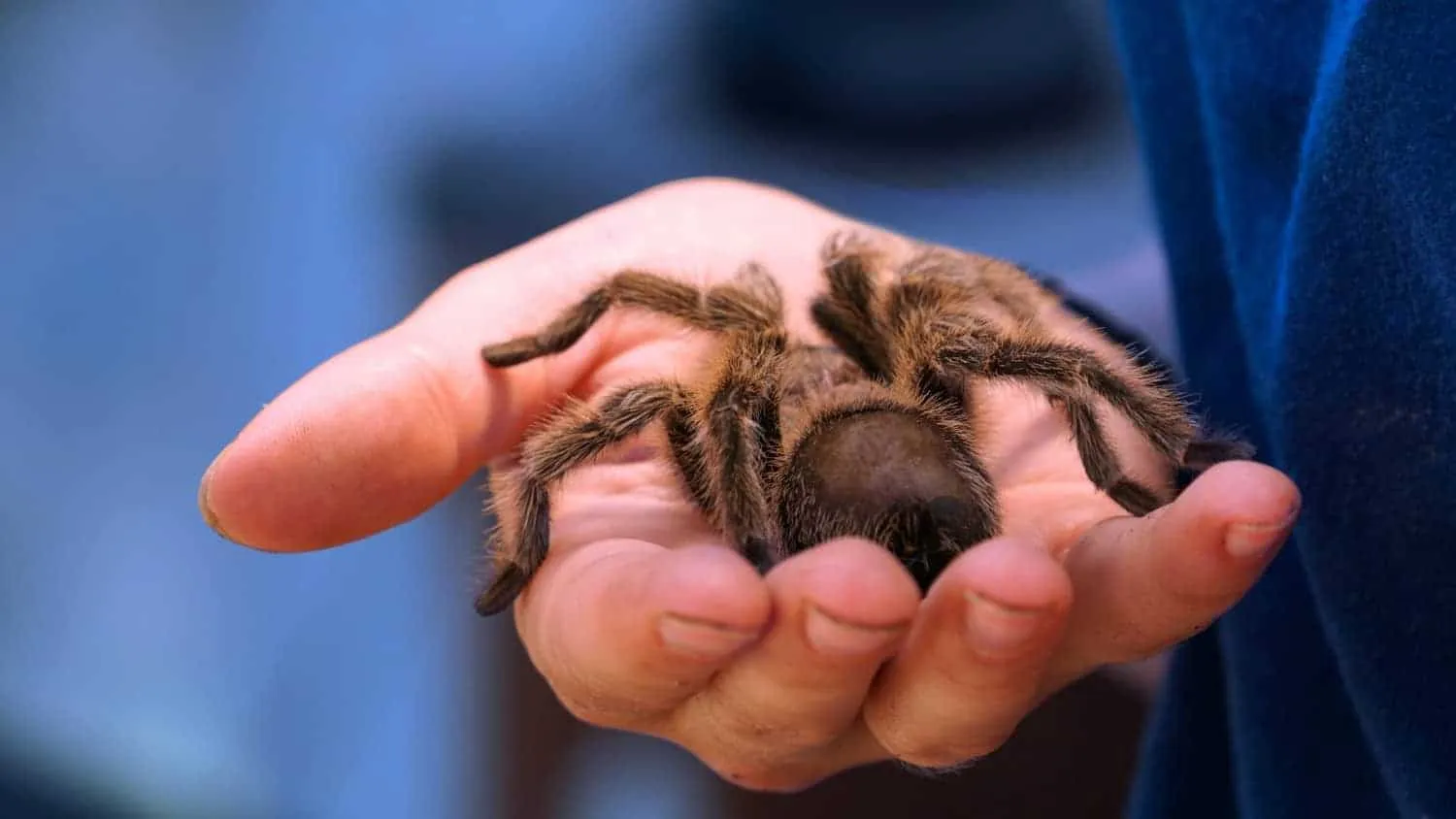
Tap water can contain chemicals that are toxic to tarantulas. These chemicals can cause respiratory issues, skin irritation, and other health complications. The buildup of these substances in the enclosure can also affect the overall environment. It is never advised to use tap water to hydrate your pet.
Alternatives to Tap Water
The best alternatives include bottled spring water, distilled water, or purified water. These options are free from harmful chemicals and safe for your tarantula. When using bottled or distilled water, always ensure it is fresh and stored properly to prevent contamination. Consider using a water conditioner specifically designed for reptiles and arachnids, as it helps remove any remaining chlorine or chloramine.
Mistake 2 Improper Humidity Levels
Humidity plays a vital role in your tarantula’s health, as it affects their ability to molt and maintain proper hydration. Many owners struggle to maintain the correct humidity levels, leading to problems for their pets. Humidity levels that are too low can cause problems. Too high can cause mold to form.
Understanding Tarantula Humidity Needs
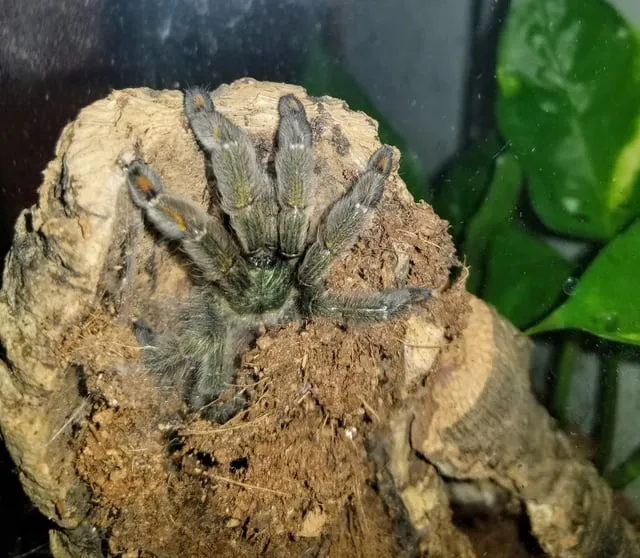
Different tarantula species have varying humidity requirements. Research your specific species to determine the ideal humidity range. Generally, terrestrial species need lower humidity than arboreal species. Using a hygrometer is crucial for monitoring the humidity levels inside the enclosure. This device allows you to measure the current humidity to determine if you need to add water or ventilation to keep your pet at an adequate level of comfort.
The Impact of Low Humidity
Low humidity can lead to dehydration and molting problems. A tarantula struggling to molt in a dry environment can get stuck and potentially die. Signs of low humidity include a dry, shriveled appearance, difficulty molting, and lethargy. Increase humidity by misting the enclosure with appropriate water or providing a larger water dish.
Mistake 3 Overwatering the Enclosure
While hydration is important, overwatering can be just as dangerous. Excessive moisture creates an environment that favors mold and bacterial growth, posing health risks to your tarantula. Overwatering can also lead to an imbalanced ecosystem within the enclosure, which can be quite harmful to the inhabitants.
Signs of an Overwatered Enclosure
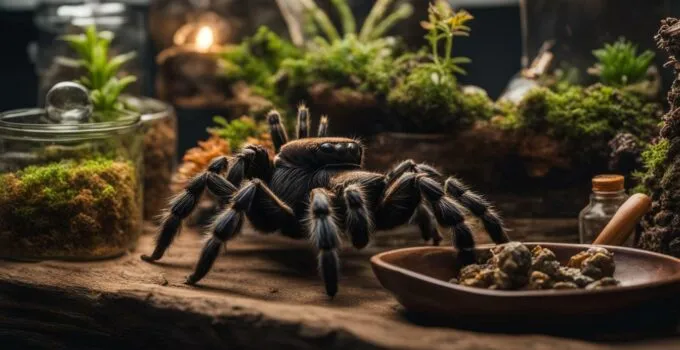
Look out for standing water, excessively damp substrate, and condensation on the enclosure walls. A musty smell often indicates too much moisture. Overly wet substrate can also encourage the growth of mold and other undesirable organisms, affecting the health of your pet. Regularly check your tarantula’s habitat to look for areas where water may accumulate.
Consequences of Overwatering
Overwatering can lead to respiratory infections, fungal infections, and other health problems. It can also create an environment that is unsuitable for your tarantula, causing stress and discomfort. If you notice signs of overwatering, reduce the amount of water you provide, improve ventilation, and replace the substrate if necessary. This is essential to keep your pet healthy.
Mistake 4 Neglecting the Water Dish
The water dish is a crucial part of your tarantula’s environment, providing a constant source of hydration. Neglecting to clean and maintain the water dish is another common mistake that can lead to health issues.
Importance of a Clean Water Dish
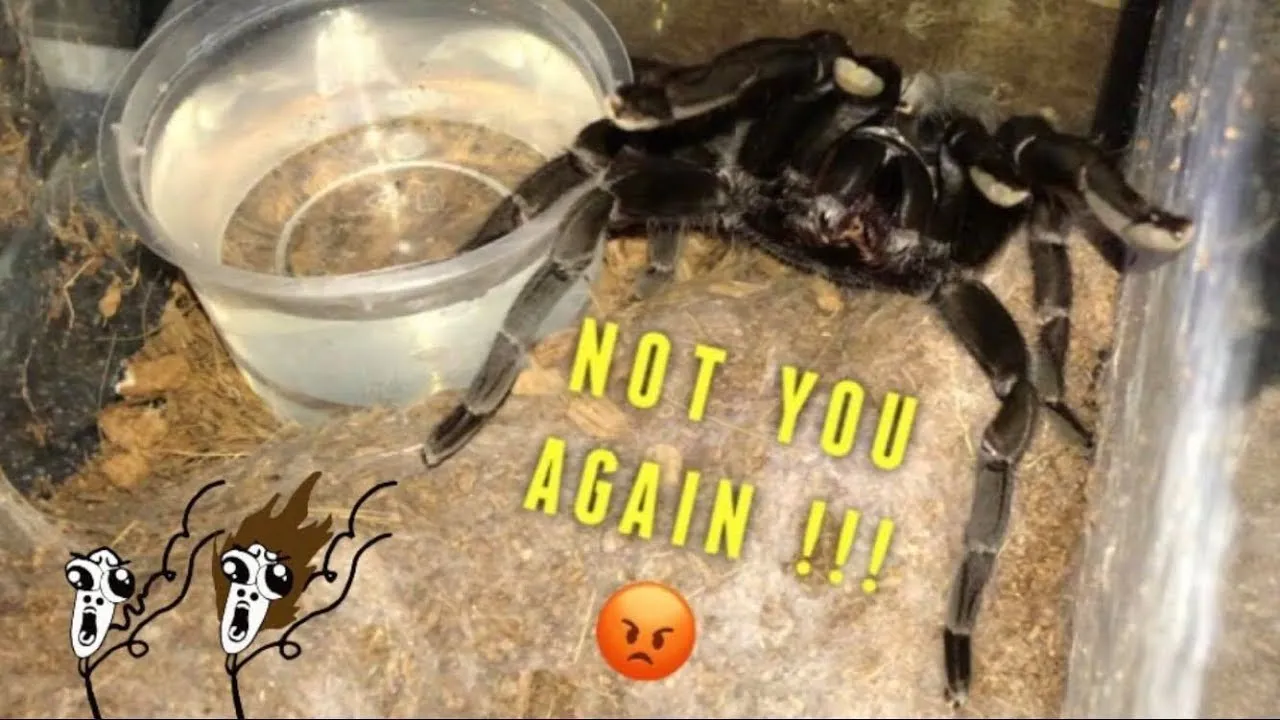
A clean water dish prevents the buildup of bacteria, algae, and other contaminants. Dirty water can lead to infections and other health problems for your tarantula. Regularly cleaning the water dish is an essential part of tarantula care. This is a simple practice that has a positive impact on your pet.
Choosing the Right Water Dish
Select a water dish that is shallow enough for your tarantula to access easily but not so deep that it poses a drowning risk. Ceramic dishes are a good option as they are easy to clean and maintain. Place the water dish in a location where it is easily accessible to your tarantula, and where it will not be easily tipped over. You also want it to be in a spot where you can easily access it.
Mistake 5 Not Monitoring Hydration
Failure to monitor your tarantula’s hydration levels can lead to serious health problems. Regular observation is key to ensuring your tarantula remains healthy and well-hydrated. Being vigilant is crucial to provide the best care.
Observing Your Tarantula’s Behavior
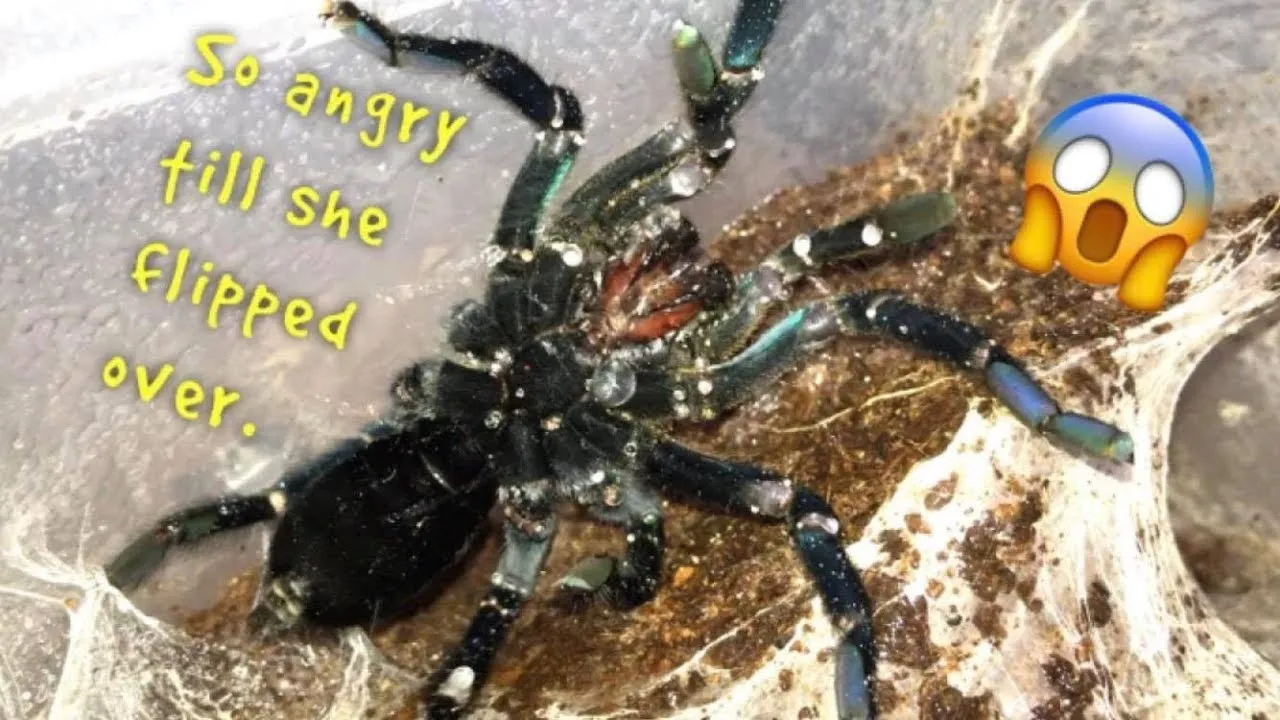
Pay attention to your tarantula’s behavior, as it can provide clues about its hydration levels. Look for signs of normal activity, such as feeding and movement. A healthy tarantula will move around and explore its enclosure. Inactive tarantulas can signify dehydration, and it is a good idea to check the overall habitat to correct the situation.
Signs of Dehydration
Signs of dehydration include a shriveled abdomen, lethargy, and difficulty molting. If you notice any of these signs, take immediate action to rehydrate your tarantula. Provide fresh water, increase humidity, and monitor its condition closely. Seeking advice from an experienced tarantula keeper or veterinarian is advised if you suspect severe dehydration.
In conclusion, proper watering is a cornerstone of tarantula care. By avoiding these five common mistakes, you can significantly improve your tarantula’s health and well-being. Remember to use the correct type of water, maintain appropriate humidity levels, avoid overwatering, keep the water dish clean, and monitor your tarantula’s hydration. Taking these measures will ensure your pet thrives in a healthy and comfortable environment. This will allow you to enjoy the ownership of your pet.
